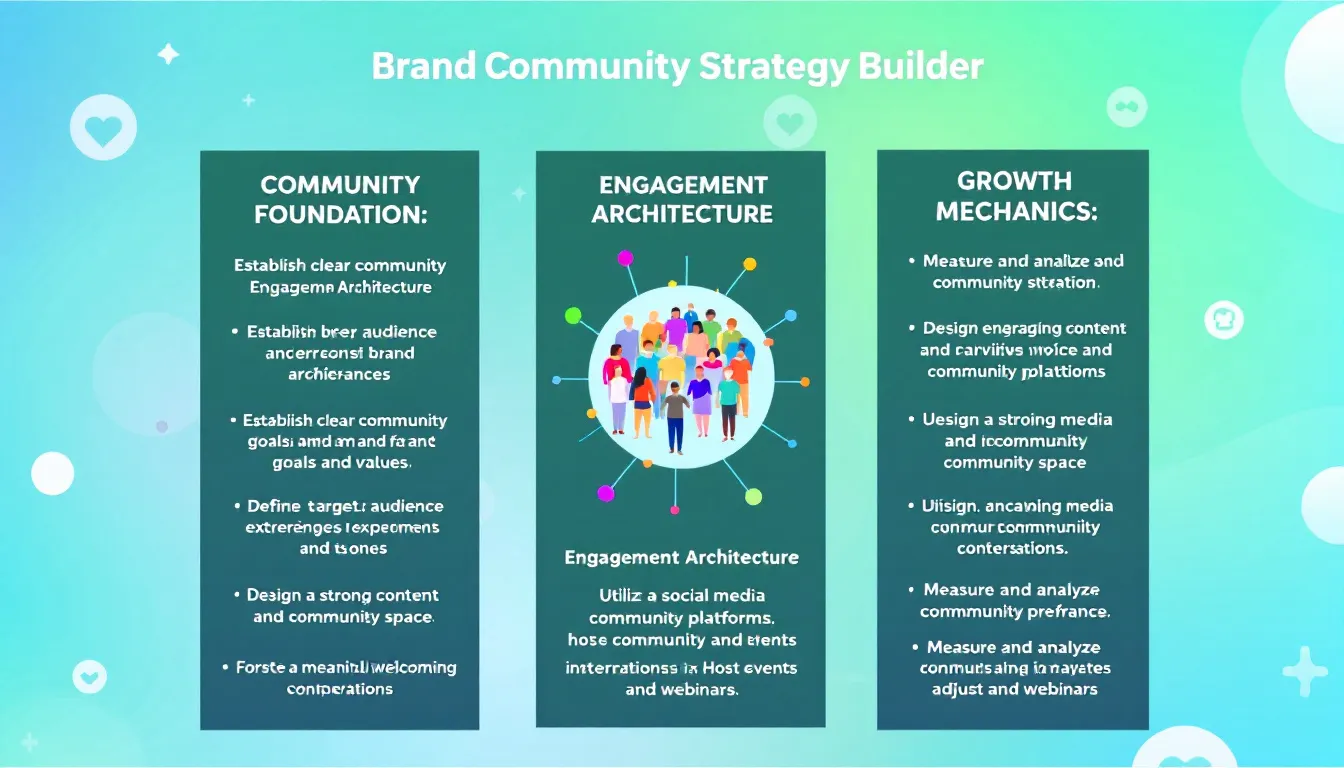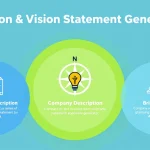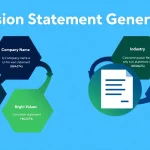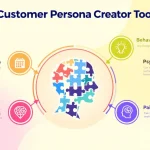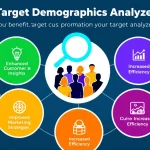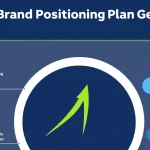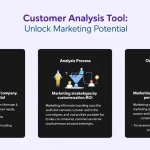Is this tool helpful?
How to Use the Brand Community Strategy Generator
The Brand Community Strategy Generator is designed to help businesses create comprehensive community-building strategies. Here’s a detailed guide on using each field effectively:
1. Brand Name
Enter your company’s name in this field. For example:
- “GreenEarth Organics” – An eco-friendly food products company
- “TechFlow Solutions” – A software development firm
2. Target Audience
Describe your ideal community members in detail. Include:
- Demographics (age, location, income level)
- Psychographics (interests, values, lifestyle)
- Behavioral patterns (shopping habits, social media usage)
Example inputs:
- “Environmentally conscious parents aged 30-45, upper-middle-income, active on Instagram and Pinterest, interested in sustainable living and organic food”
- “B2B technology decision-makers, CTOs and IT managers, aged 35-55, focused on digital transformation and cloud solutions”
3. Brand Values
List your core values, mission, and principles. For instance:
- “Environmental stewardship, family wellness, transparency in sourcing, commitment to organic farming practices”
- “Technical excellence, innovation leadership, client empowerment, collaborative problem-solving”
4. Community Goals (Optional)
Define specific, measurable objectives:
- Growth targets
- Engagement metrics
- Business outcomes
5. Industry Type (Optional)
Specify your business sector for more targeted recommendations.
Understanding Brand Community Strategy Generation
A brand community strategy is a structured approach to building and nurturing a dedicated group of customers, advocates, and stakeholders who share a common interest in your brand. This tool generates customized strategies based on your unique inputs, incorporating proven community-building principles and industry best practices.
Benefits of Using the Brand Community Strategy Generator
1. Time and Resource Optimization
- Reduces strategy development time from weeks to minutes
- Eliminates the need for expensive consulting services
- Provides actionable insights immediately
2. Customized Approach
- Tailored recommendations based on your specific industry
- Strategies aligned with your brand values
- Target audience-specific engagement tactics
3. Comprehensive Strategy Development
- Multi-channel engagement planning
- Content strategy recommendations
- Community management frameworks
Strategic Framework and Implementation
The generator uses a proprietary framework that considers three key dimensions:
1. Community Foundation
- Purpose alignment
- Value proposition
- Cultural elements
2. Engagement Architecture
- Communication channels
- Content pillars
- Interaction models
3. Growth Mechanics
- Member acquisition
- Retention strategies
- Advocacy development
Practical Applications and Use Cases
Case Study 1: Retail Brand Community
A sporting goods retailer used the generator to create a community strategy that resulted in:
- 40% increase in customer retention
- 25% growth in user-generated content
- 60% higher engagement rates on social platforms
Case Study 2: SaaS Company Implementation
A software company implemented the generated strategy to achieve:
- 50% reduction in customer support costs
- 30% increase in product adoption
- 200% growth in community-driven feature requests
Best Practices for Strategy Implementation
1. Launch Phase
- Begin with a core group of engaged customers
- Establish clear community guidelines
- Create a content calendar
2. Growth Phase
- Implement member recognition programs
- Develop ambassador initiatives
- Create exclusive community events
3. Sustainability Phase
- Measure and track community health metrics
- Implement feedback loops
- Evolve programming based on member needs
Frequently Asked Questions
Q: How often should I update my brand community strategy?
Review and refresh your strategy quarterly, with major updates annually or when significant market changes occur.
Q: What are the key metrics for measuring community success?
Focus on engagement rates, member retention, customer lifetime value, and community-driven revenue growth.
Q: How can I encourage active participation in my brand community?
Implement recognition programs, create valuable exclusive content, and facilitate meaningful connections between members.
Q: What’s the ideal size for starting a brand community?
Start with a core group of 50-100 highly engaged members and scale gradually based on engagement quality.
Q: How do I balance brand goals with community needs?
Focus on creating mutual value through educational content, networking opportunities, and exclusive benefits that align with both brand objectives and member interests.
Q: Should I integrate my community across multiple platforms?
Yes, maintain a primary community hub while extending presence to platforms where your target audience is most active.
Making the Most of Your Strategy
To maximize the effectiveness of your generated strategy:
- Regularly assess community engagement metrics
- Adapt tactics based on member feedback
- Create opportunities for member-to-member connections
- Develop clear value propositions for different member segments
- Integrate community initiatives with broader marketing efforts
Important Disclaimer
The calculations, results, and content provided by our tools are not guaranteed to be accurate, complete, or reliable. Users are responsible for verifying and interpreting the results. Our content and tools may contain errors, biases, or inconsistencies. We reserve the right to save inputs and outputs from our tools for the purposes of error debugging, bias identification, and performance improvement. External companies providing AI models used in our tools may also save and process data in accordance with their own policies. By using our tools, you consent to this data collection and processing. We reserve the right to limit the usage of our tools based on current usability factors. By using our tools, you acknowledge that you have read, understood, and agreed to this disclaimer. You accept the inherent risks and limitations associated with the use of our tools and services.
